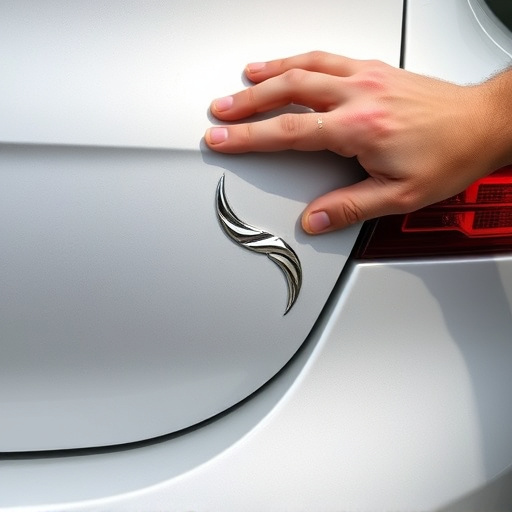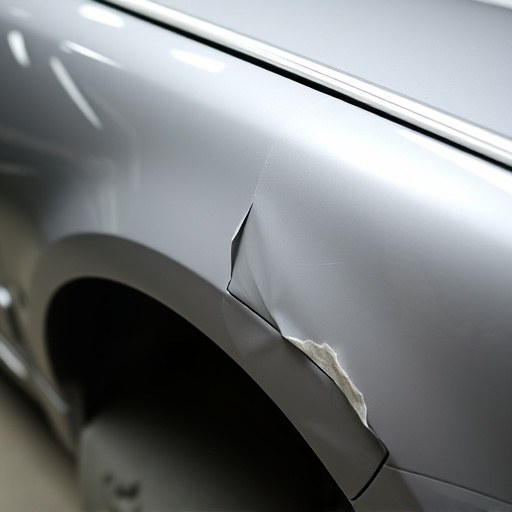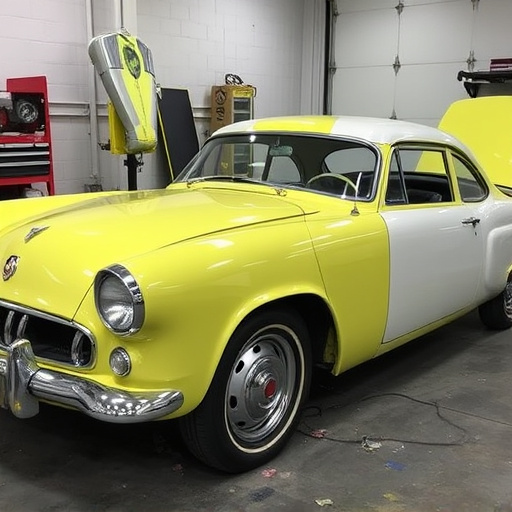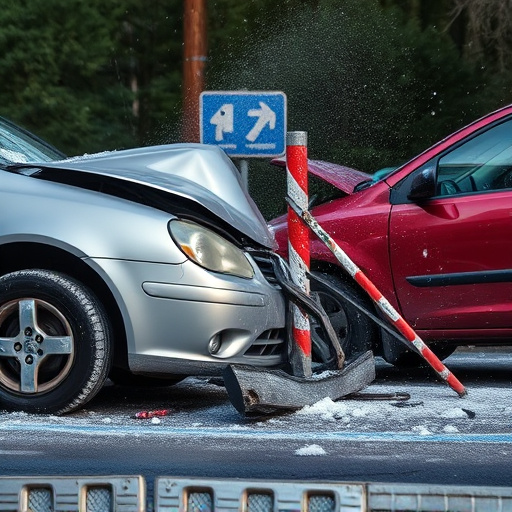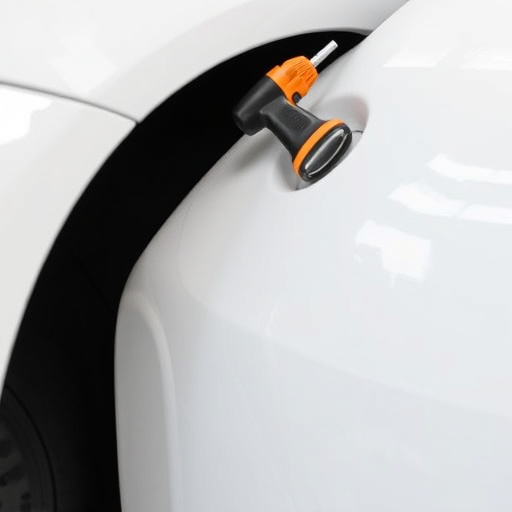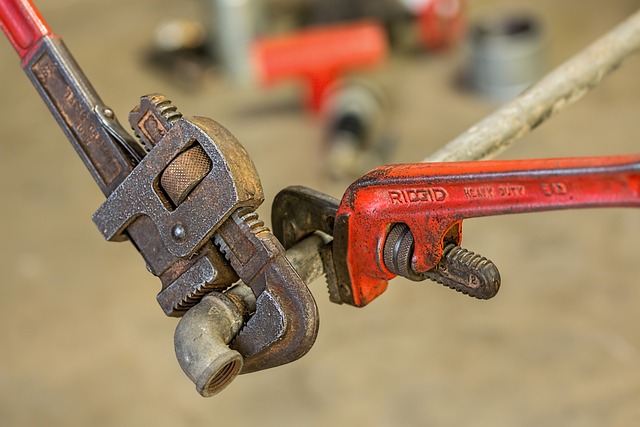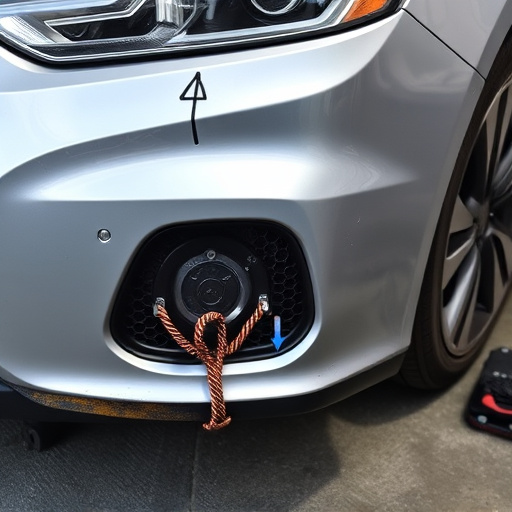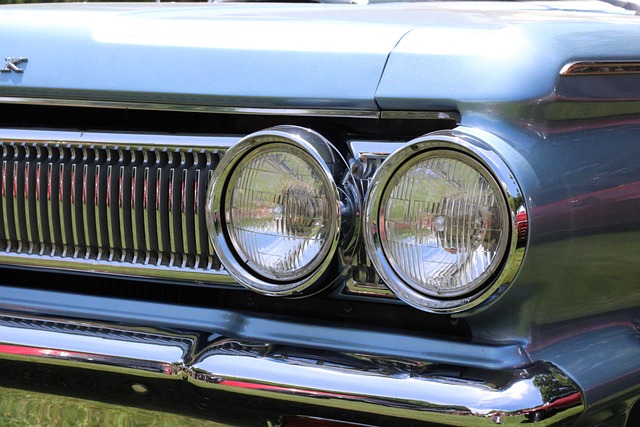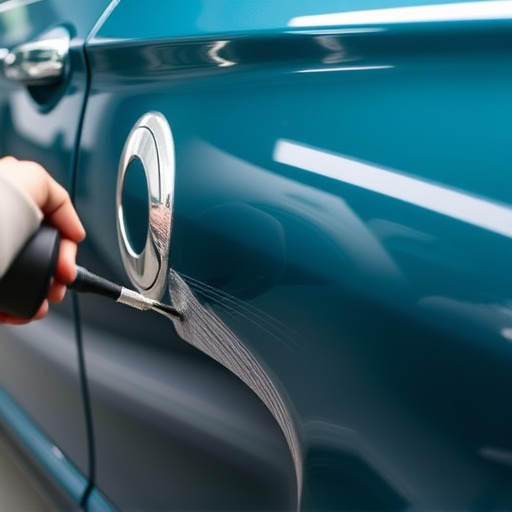Advanced technologies like 3D scanning and CAD software, along with non-destructive testing (NDT) methods such as ultrasonics and infrared thermography, transform auto body collision repair by offering precise measurements, detailed imaging, and comprehensive evaluation of vehicle damage without surface disruption. This ensures top-notch repairs that balance aesthetics and performance, with luxury specialists leveraging specialized training and state-of-the-art facilities to meet strict industry standards.
In the realm of auto body collision repair, identifying hidden damage is crucial for ensuring safety and structural integrity. This article delves into advanced technologies transforming damage assessment practices. We explore both visual and non-destructive testing methods, highlighting their roles in accurate detection. Additionally, we discuss strategies to prevent repair failures, emphasizing the importance of meticulous techniques and continuous quality control measures in the auto body collision repair industry.
- Advanced Technologies in Damage Assessment
- Visual vs. Non-Destructive Testing Methods
- Ensuring Accuracy and Preventing Repairs Failures
Advanced Technologies in Damage Assessment
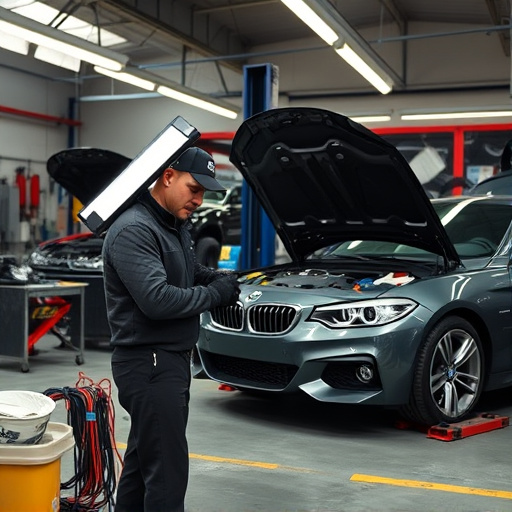
In the realm of auto body collision repair, advanced technologies are transforming the way damage is assessed and repaired. Modern tools like 3D scanning and computer-aided design (CAD) software allow for precise measurements and detailed imaging of vehicle panels, facilitating more accurate identification of hidden damage. These innovative techniques go beyond mere visual inspection by detecting nuances that might be imperceptible to the human eye, ensuring every dent, scratch, or crease is accounted for during the repair process.
Additionally, advancements in non-destructive testing (NDT) methods, such as ultrasonics and infrared thermography, play a pivotal role in auto body collision repair. NDT techniques enable technicians to evaluate internal structures without causing further damage or compromising the integrity of the vehicle. This is particularly crucial for complex repairs involving fender repair or car paint restoration, where hidden flaws can significantly impact the final outcome. By combining these cutting-edge technologies with skilled craftsmanship, auto body collision repair professionals are better equipped to deliver top-notch results, ensuring vehicles not only look their best but also perform optimally on the road.
Visual vs. Non-Destructive Testing Methods
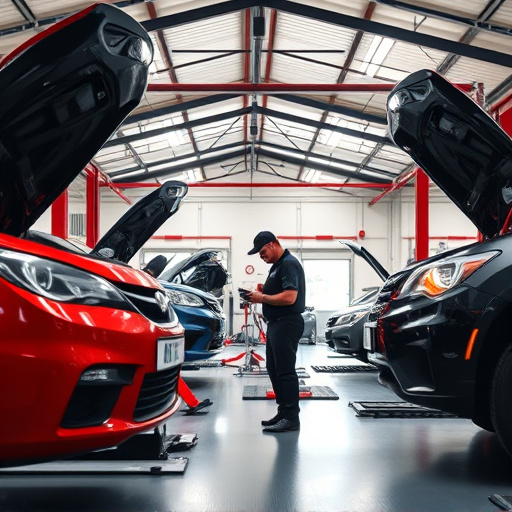
In auto body collision repair, the distinction between visual testing and non-destructive testing methods is crucial. Visual inspections involve a thorough manual examination of the damaged vehicle, focusing on visible signs such as dents, cracks, and paint discrepancies. While effective for some types of damage, this approach can be limited in its ability to detect hidden issues like internal structural weaknesses or metal deformation that may not be immediately apparent.
Non-destructive testing (NDT) methods, on the other hand, employ advanced technologies to assess vehicle bodywork without causing any permanent alteration or damaging the surface. Techniques such as ultrasonic waves, X-rays, and thermal imaging are employed for dent removal, detecting hidden defects, and ensuring that repairs are both effective and precise. NDT is particularly valuable in car body shops, providing a more comprehensive evaluation of the vehicle’s overall structural integrity before proceeding with any repair work.
Ensuring Accuracy and Preventing Repairs Failures
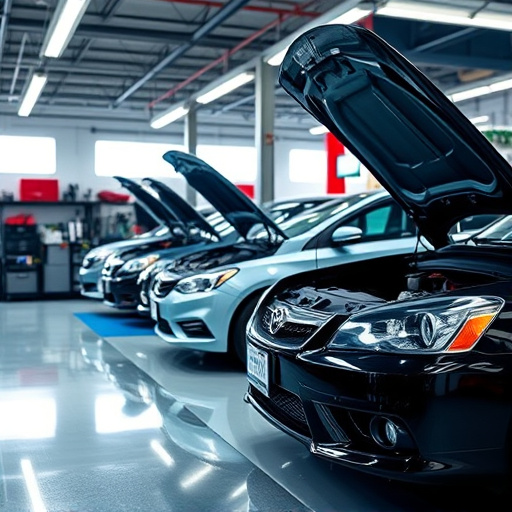
In the realm of auto body collision repair, ensuring accuracy is paramount to prevent failures and ensure the safety and quality of the vehicle. Advanced technologies like 3D scanning and computer-aided design (CAD) systems play a crucial role in this regard. These tools precisely measure and map the vehicle’s damaged areas, providing detailed digital blueprints for repairs. By adhering to these precise measurements, repair technicians can restore the car to its original factory specifications, enhancing safety and resale value.
Moreover, luxury vehicle repair specialists often employ specialized training and equipment to maintain the highest standards. Collision centers equipped with state-of-the-art facilities and expert mechanics can effectively address complex repairs, from metal welding to panel replacement. Regular quality checks and adherence to industry best practices help car body shops minimize errors, ensuring each repair meets or exceeds customer expectations.
In the realm of auto body collision repair, advanced technologies and careful consideration of damage assessment methods are crucial for ensuring precision and preventing future failures. By utilizing a combination of visual and non-destructive testing techniques, professionals can accurately identify hidden damages, ultimately enhancing the quality and longevity of repair work. Staying abreast of these innovations is vital for maintaining high standards in the industry and fostering trust among customers seeking auto body collision repair services.
